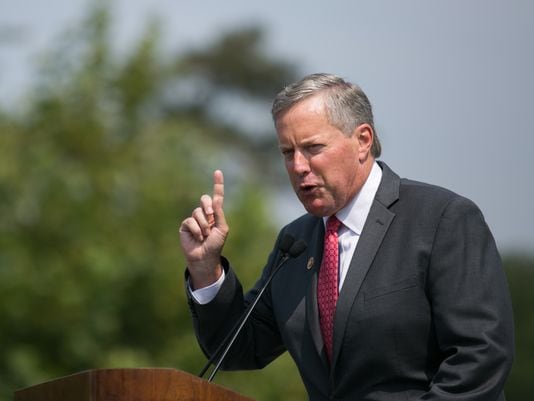Even as lawmakers press for greater accountability within government, agencies have fired fewer employees than at any time in the last 10 years, according to data from the Office of Personnel Management.
Agencies fired 9,537 federal employees for discipline or performance issues in fiscal 2014, down from 9,634 in 2013 and down from a high of 11,770 in fiscal 2010, according to the data. The firing rate held at 0.46 percent of the workforce in both fiscal 2013 and fiscal 2014 — the lowest rate in 10 years.
The private sector fires nearly six times as many employees — about 3.2 percent — according to the Bureau of Labor Statistics, and whether the government fires too few people or just not the right people is the subject of continued debate.
Despite lawmaker attention on the senior executives that make up agency leadership, only two members of the senior executive service were fired in fiscal 2014, down from seven in 2013.

- The Department of Homeland Security, which fired 1,810 employees in fiscal 2014 — down from 1,844 in 2013. Transportation Security Administration employees account for 72 percent of all DHS employees fired in 2014.
- The Army, which fired 1,104 employees in fiscal 2014 — down from 1,159 in 2013.
- The Navy, which fired 638 employees in fiscal 2014 — down from 727 in 2013.
Rep. Mark Meadows, R-N.C., chairman of the subcommittee overseeing the federal workforce, said when it becomes too difficult to fire bad employees it makes it difficult for federal managers to address problems.

"It's so laborious for managers to address poor performers that sometimes it's easier for them to ignore the bad employee or give suspension with pay and hope that it corrects itself," Meadows said.
One of his priorities will be to look at reforming both how managers can deal with poor performers and how federal employees are rewarded for excellent work, Meadows said. Only by fixing both ends of the system can agencies create less dysfunctional workplaces.
The House Oversight and Government Reform Committee will be holding hearings about agencies with morale problems, which are many times tied toward workplace issues like accountability, Meadows said.
Meadows said he is also working on setting up a series of town halls at various agencies to solicit employee feedback on how Congress can help improve the system.
"Certainly termination rates and managerial fairness as it relates to how bonuses are awarded has to be addressed," Meadows said.
One of the few agencies to see a significant increase in firings was the Veterans Affairs Department — which fired about 2,572 employees in fiscal 2014 — up from 2,264 in fiscal 2013.
The 13 percent increase comes as the agency works to improve accountability in the wake of a wait list manipulation scandal. Veterans groups and lawmakers have said the VA has not done enough to punish VA employees who manipulated wait lists and scheduling systems to boost performance numbers — putting veterans at risk.
Initial investigations showed systemic wait list and medical care issues and forced the resignation of then-secretary Eric Shinseki. Current VA secretary Bob McDonald — who was sworn into office July 30, 2014 — has vowed to improve accountability and strengthen oversight over patient-care programs.
The Veterans Health Administration makes up the vast majority of VA firings with 2,426 in fiscal 2014 — about 94 percent of all agency employees fired that fiscal year.
In the first few months of fiscal 2015, the VA did use its authority to remove three senior executives, while two more have retired, according to the agency.
Other agencies that saw smaller increases in firings included the Interior Department, which fired 220 employees in 2014 — up from 206 in 2013, as well as the Transportation, which increased from 230 in fiscal 2013 to 252 in 2014.
John Palguta, vice president for policy at the Partnership for Public Service, said while it's difficult to compare the private sector to the federal government, it is probably too hard for a manager to fire a poor-performing employee.
But agencies should not be measured by how many employees are fired in any year. Agencies should be measured according to how well they perform their missions and develop their workforce, Palguta said.
"The goal is not to fire more people. The goal is to have a competent, well-performing workforce," Palguta said. "The goal of good management should be to try and make every employee be an acceptable or better worker."
Instead of placing the focus on the number of federal employees fired lawmakers and managers should focus on reducing the need for firing by strengthening the hiring process, cultivating training resources and encouraging employee development. Firing an employee should be a last resort, Palguta said.
But when a manager does decide to fire a poor performer it should not take any longer than 90 to 120 days, Palguta said, adding that employees should not be able to drag out the process until a manager gives up in frustration.
"I think it has to be streamlined, it has to be timely and it should not take two years," Palguta said.





